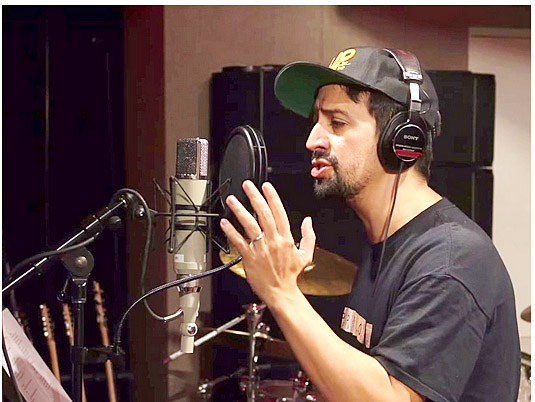Not 100% an Audacity question but I’m not entirely sure where else to ask.
This would be awkward if you weren’t on Windows.
is it best to apply it to the entire timeline all at once, or should I highlight and do it to each individual sentence?
Which one sounds better and which one does the client like?
Noise Reduction, Graphic EQ, Compress, then Normalize
How are you getting Noise Reduction to work? Noise Reduction is kind of a problem for Macros because of the two-step process. Get the Noise Profile (sample the noise) and then later actually apply the correction. The Profile step isn’t available for Macros. If the first number in your Noise Reduction panel is over about 12, then it might be a good exercise to quiet down your studio.
I’m recording voiceovers with varying volumes, all the way from talking quiet to shouting into the mic.
Maybe that’s not the best idea. You can do the Hollywood thing by listening carefully in your sealed against the head headphones and “sound like” you’re whispering and yelling but really changing your microphone spacing so the timbre and tonal quality is doing all the work. Not raw horsepower volume.

I once played two different people, man and woman by doing that. All without compression.
It’s part of your V/O skill set.
The Compressor can have some interesting problems with wild tracks. Compressor doesn’t have pre-conditioning, so it can give different sounds depending on where in the script you are. It’s OK if you’re doing that on purpose, but the compressor will not make up for you yelling into the microphone, and forcing the customer to turn the volume up and down to hear the performance is a terrible idea.
Where did you get your processing collection? There are on-line postings from experienced professionals that only work when you’re an experienced professional.
Would I have heard any of your work? Links?
Koz
